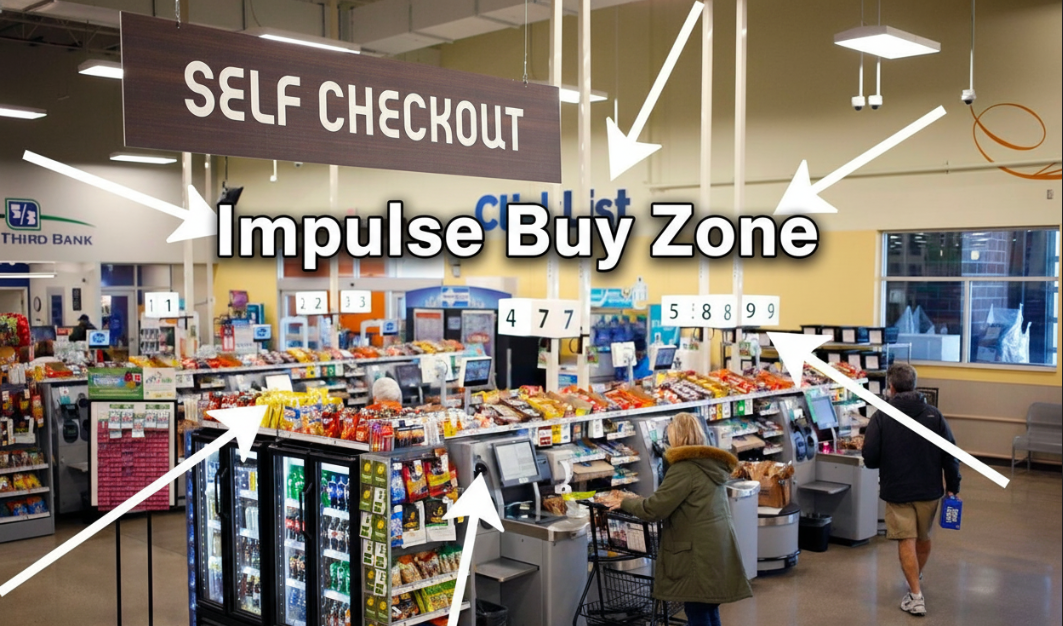
"If you overspend, you're shopping exactly as designed Have you ever gone grocery shopping with a grocery list of items to get, but then walked out of the store with more things than your grocery list? Grocery stores are spaces that are designed to make you spend more money. Strategic aisle placements and product positions follow a deliberate strategy rooted in consumer psychology and decades of behavioral research."
"Research indicates that 60% to 70% of grocery store purchases are unplanned, according to studies in retail psychology. Think about your last shopping trip. Did you stick to your list? The average shopper spends 23.4 minutes inside a grocery store in 2024, based on data from JLL's Grocery Report. During those minutes, stores expose you to thousands of products arranged in specific patterns to trigger purchases."
Grocery stores engineer the shopping environment to increase spending by exposing customers to strategically arranged products and cues. Sixty to seventy percent of purchases are unplanned, driven by in-store stimuli and layout choices. The average shopper spends 23.4 minutes in a store, during which thousands of items and specific product arrangements influence attention and decisions. Retailers invest heavily in spatial design research to shape movement, sightlines, and impulse behavior. Path planning, aisle placement, and front-end strategies leverage consumer psychology to convert routine trips into additional purchases and higher revenue.
Read at Medium
Unable to calculate read time
Collection
[
|
...
]